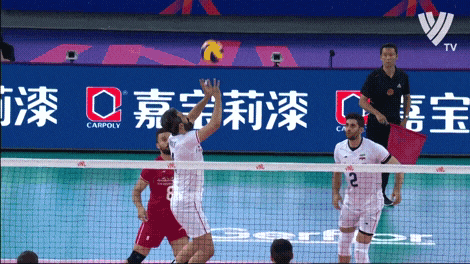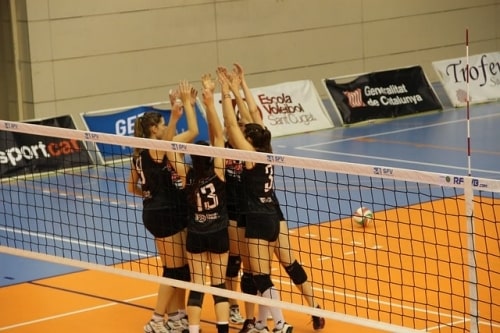Drills for Passing in Volleyball

Volleyball is a game of precision and teamwork and passing is at the heart of it all. Whether you’re a seasoned player or just starting, mastering passing techniques is crucial for success on the court. In this article, we’ll explore various drills for passing in volleyball, designed to elevate your passing skills and take your game to the next level.
Passing, also known as bumping or reception, is the foundation of effective volleyball play. It’s the initial contact that sets up the subsequent actions, making it a skill that demands constant refinement. Let’s take a look at passing and discover drills that can significantly enhance your abilities.
Fundamentals of Passing
Before diving into drills, it’s essential to grasp the basics of passing. Your stance, body position and contact point play pivotal roles in executing a successful pass. Whether it’s an overhand pass, underhand pass, or a pancake, understanding the fundamentals is the first step toward improvement.
Types of Volleyball Passes
Volleyball offers various passing techniques, each serving a unique purpose. The overhand pass allows for precise targeting, the underhand pass is a quick and straightforward technique, while the sideways pass, also known as the pancake, could well be a game changer. Familiarizing yourself with these techniques sets the stage for specialized drills.
Key Drills for Passing
Drill 1: Targeted Wall Passing
Improve your accuracy by practicing passes against a wall with specific targets. This drill enhances control and helps players focus on their aim.
Drill 2: Partner Passing with Focus on Form
Pair up with a teammate and engage in passing drills with a primary focus on maintaining proper form. This not only improves your passing skills but also fosters teamwork.
Drill 3: Dynamic Passing Drill for Quick Reflexes
Simulate dynamic game scenarios by incorporating movement into passing drills. This enhances reflexes and prepares players for the unpredictability of live matches.
Improving Passing Accuracy
Precision is key in passing. Explore techniques such as visualizing your target and maintaining a consistent follow through to improve the accuracy of your passes.
Passing Under Pressure
Volleyball is a fast paced game and passing under pressure is a skill that can make a difference in tight situations. Develop strategies and practice scenarios that mimic high pressure game moments.
Building Passing Skills for Different Positions
Different positions in volleyball demand unique passing skills. Tailor your drills to the requirements of setters, liberos and hitters to ensure well rounded team performance.
Common Mistakes and How to Avoid Them
Identify and rectify common passing mistakes, such as poor footwork or mistimed contacts. Recognizing and addressing these errors is crucial for continuous improvement.
Incorporating Passing Drills into Team Practices
Regular passing drills should be an integral part of team practices. Balancing skill development with team dynamics ensures a cohesive and efficient playing unit.

Benefits of Exceptional Passing in Volleyball
A team with strong passing skills enjoys a strategic advantage. Explore how exceptional passing contributes to overall success and individual player development.
Staying Motivated and Consistent in Passing Practice
Repetitive drills can be challenging, but maintaining motivation is crucial for improvement. Discover strategies to keep your enthusiasm high and consistently refine your passing skills.
Advanced Passing Techniques
Take your passing to the next level with advanced techniques like jousting at the net and employing off speed passes to catch opponents off guard.
Video Analysis for Passing Improvement
Leverage technology for self assessment by recording and analyzing your passing techniques. Video analysis is a valuable tool for identifying areas of improvement and refining your skills.
Incorporating Passing Drills into Individual Workouts
For solo players, customizing passing drills in individual workouts is key. Develop a routine that targets your specific areas of improvement, ensuring continuous growth.
Conclusion
In conclusion, passing is the backbone of successful volleyball play. By incorporating these drills into your training routine and focusing on fundamental techniques, you can elevate your passing skills and make a significant impact on the court. Remember, consistent practice and a commitment to improvement are the keys to mastering the art of passing in volleyball.


